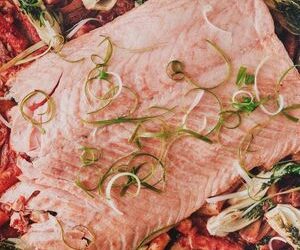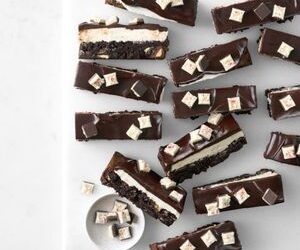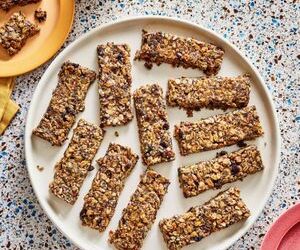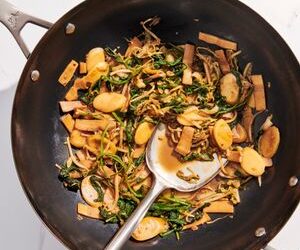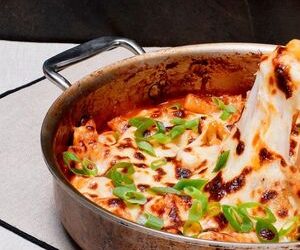Why It Works
- Simply drinkable matcha is perfectly suitable for ice cream and cookies.
- Whisking matcha with a small amount of liquid first to form a paste is the easiest way to remove most of the lumps before adding it to the custard base.
- Adding the matcha as late as you can will prevent it from brewing too long in the hot liquid and muddying the flavor.
I realize saying so may alienate red velvet fans, but if my dessert is going to be stained odd colors, it better have a reason. Like an entire bottle of red food coloring per cake, matcha, or green tea powder, can turn desserts funky, eye-catching colors. But unlike its chemical counterpart, it also brings complex, sophisticated flavors to whatever it touches.
Its versatility is on par with cinnamon, and it’s about as miraculous. Matcha brings both rounded sweetness and a pleasant bitterness to a wide range of baked goods. While its Area 51 color and intense flavor have scared some away, it’s an easy-to-use addition to the adventurous baker’s pantry.
What Is Matcha?
Serious Eats
Matcha is made by finely grinding very high-quality Japanese green tea leaves, which were grown in the shade to amplify their sweetness and depth. Processing and grinding the leaves requires a fair degree of care to preserve the delicate flavors. The high cost of ingredients and labor mean that middle- to high-grade matcha can get pretty expensive—some of the highest of any tea.
But for baking purposes simply drinkable matcha will do, so there’s no need for you to buy a $30 to 50 bag, especially as matcha loses its flavor rapidly. I’ve had great results from both Ten Ren brand and Yamamotoyama; your local Japanese or Chinese grocery will probably have additional options. A two-to -four-ounce package should cost about $4 or $5.
Matcha in Baked Goods and Desserts
Matcha is commonly found in Chinatown bakeries mixed into bubble tea or baked into an ultra-sweet Swiss roll sponge cake that looks like it grew up down the river from a nuclear power plant. Fine as these may be, matcha really shines when it’s used in less aggressively sweet applications. Scones, pound cake, pancakes, or light cookies are all excellent candidates for a few tablespoons of matcha, as are custards and cheesecakes. It lends a sweet fullness that’s especially complimentary with butter, but its bitter tea flavors cut that richness and provide a surprising depth, similar to caramel. The result is a rich, intensely flavored dessert that’s also refreshing and light.
Another good pairing for matcha is dark chocolate, especially in ganache or brownies. I typically use about 1/4 cup of matcha per batch of buttery starchy things to really let the matcha shine through, but it’s best to go a little at a time with chocolate. The right amount will play off the chocolate’s bitter and fruity flavors; too much easily becomes overwhelmingly tea-flavored. Matcha-infused whipping cream makes a fantastic frosting for chocolate cake.
When using matcha in a liquid recipe, such as a custard, you need to control two things. First, matcha has a propensity to clump, so you’ll need to use your whisk with reckless abandon to smooth out big lumps. Second, matcha brews pretty much instantly, and like any tea, will develop a muddy, stewed flavor over time. Add it as late as you can while still ensuring you can get out all the lumps. But when your dessert is set or cooled, the flavor will stay stable.
Oh, and about that tooth-achingly sweet Swiss roll? You can make it at home as a simple sponge cake and fill it with lightly-sweetened whipped cream and strawberry preserves, and it’s a beautiful thing. But I like matcha most when it gets to meld with butterfat, such as in simple tea cookies. These cookies below are lightly sweet and taste refreshingly sophisticated.
And with summer approaching, my thoughts have mostly turned to ice cream. Good matcha ice cream is hard to find. It’s often too sweet and lacking in depth, which is why I consider it the perfect candidate to try at home. If you don’t have an ice cream maker don’t let that stop you. It’s fine without one and just winds up more dense and creamy. Just tell your guests it’s like gelato.

